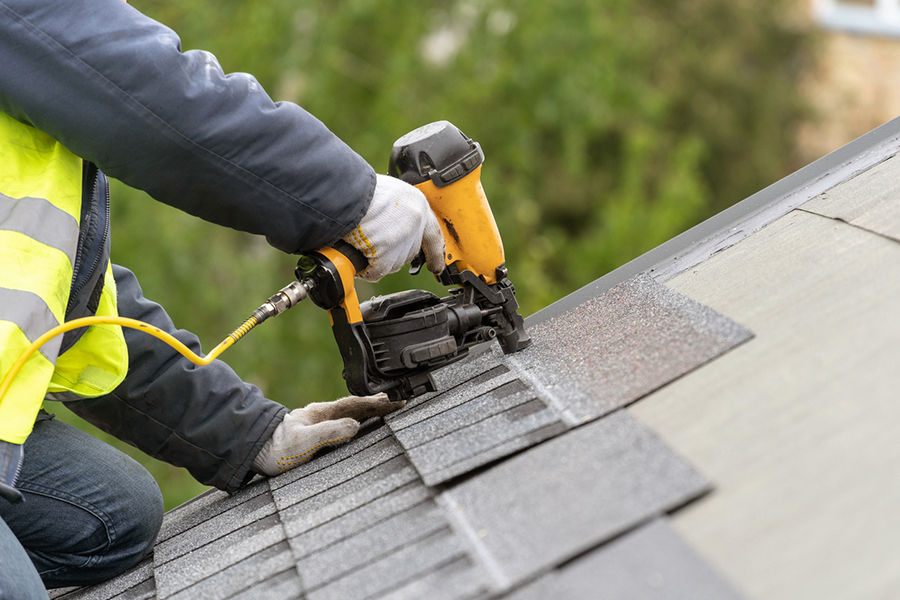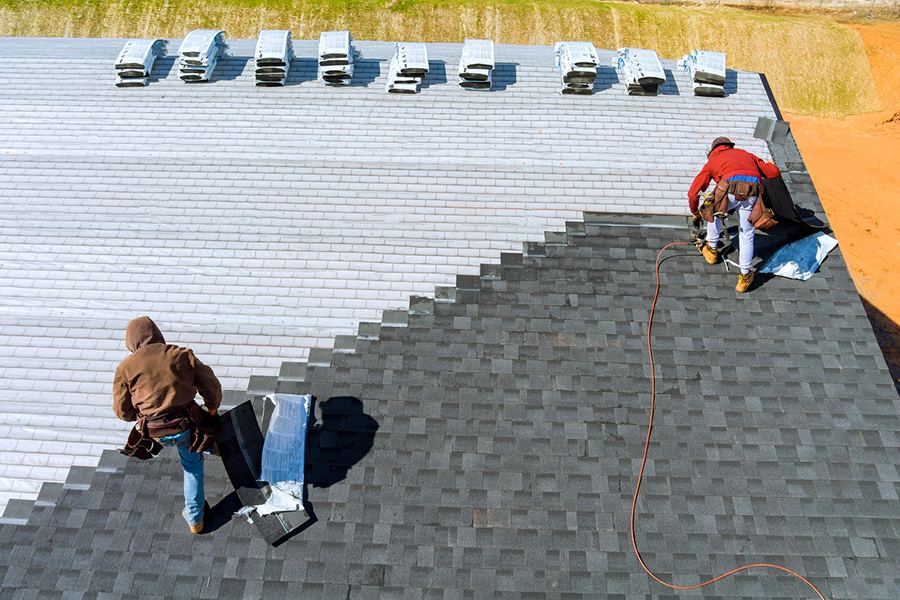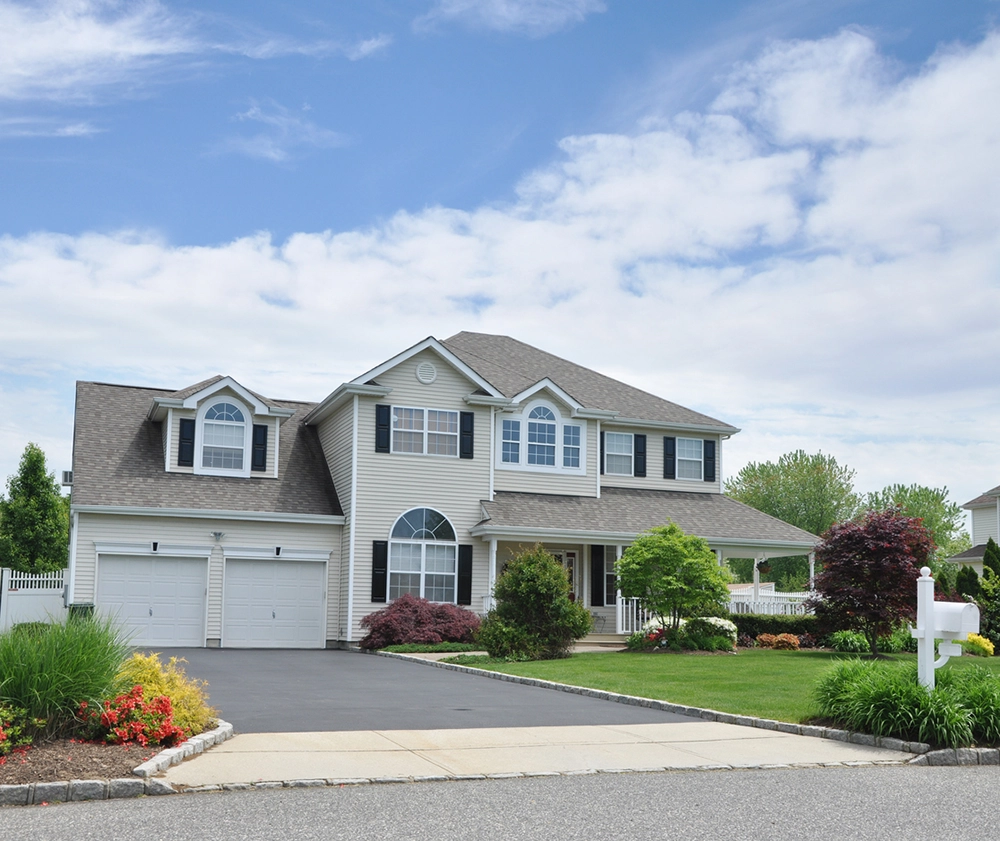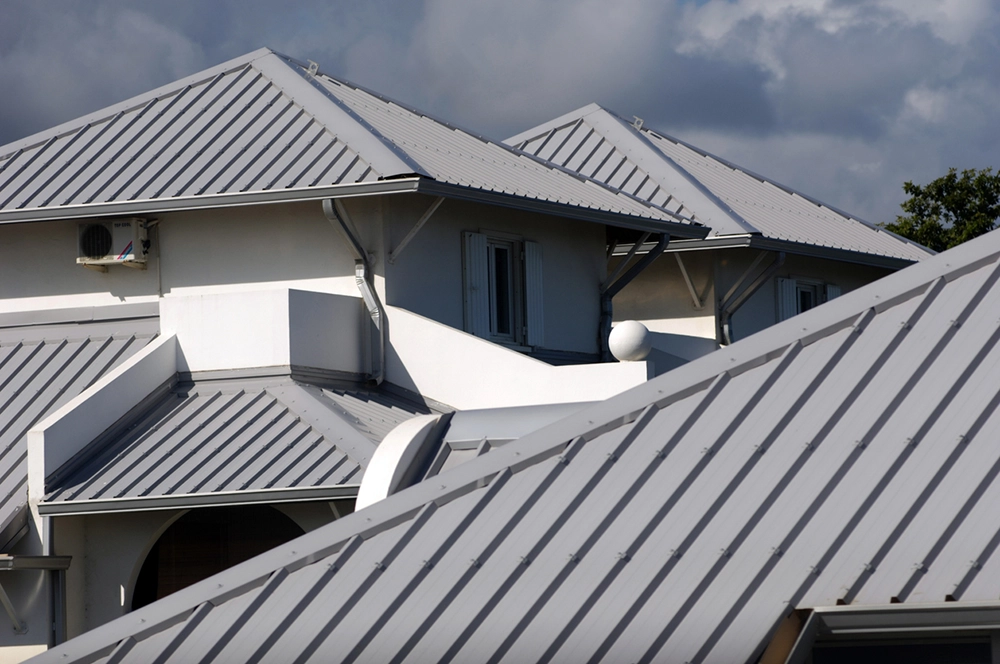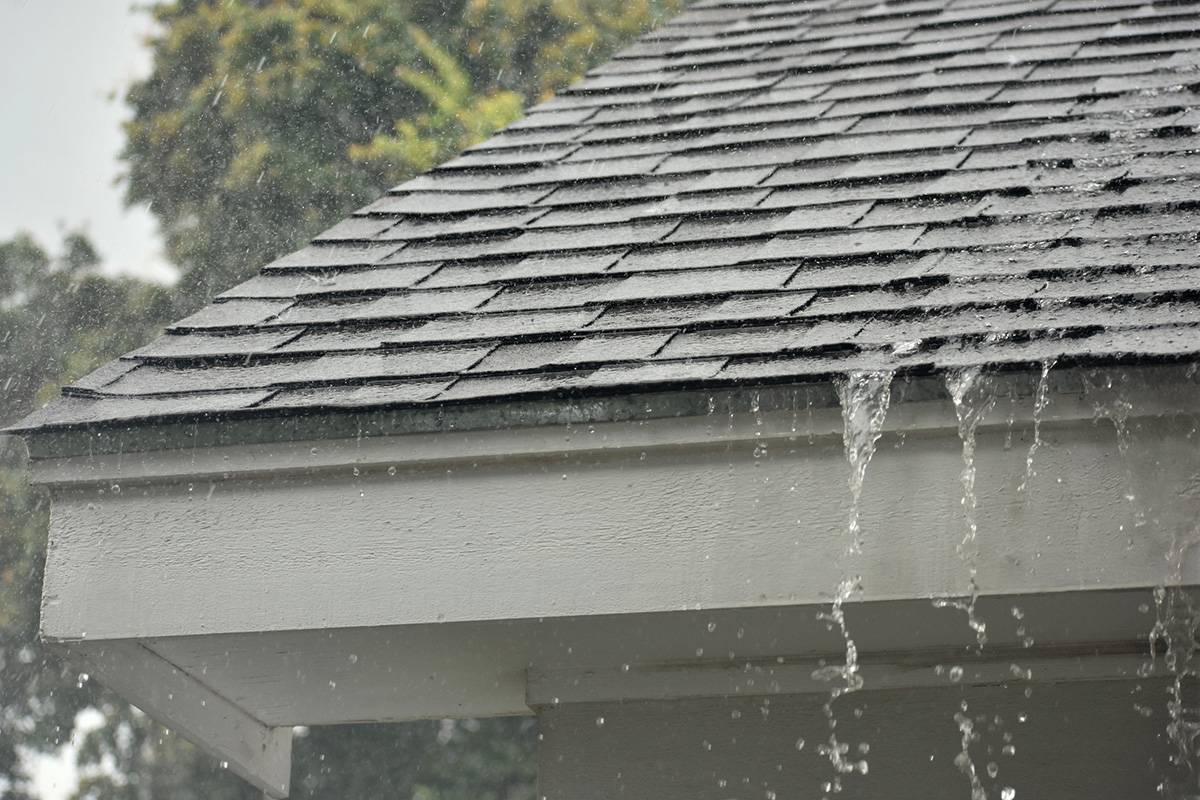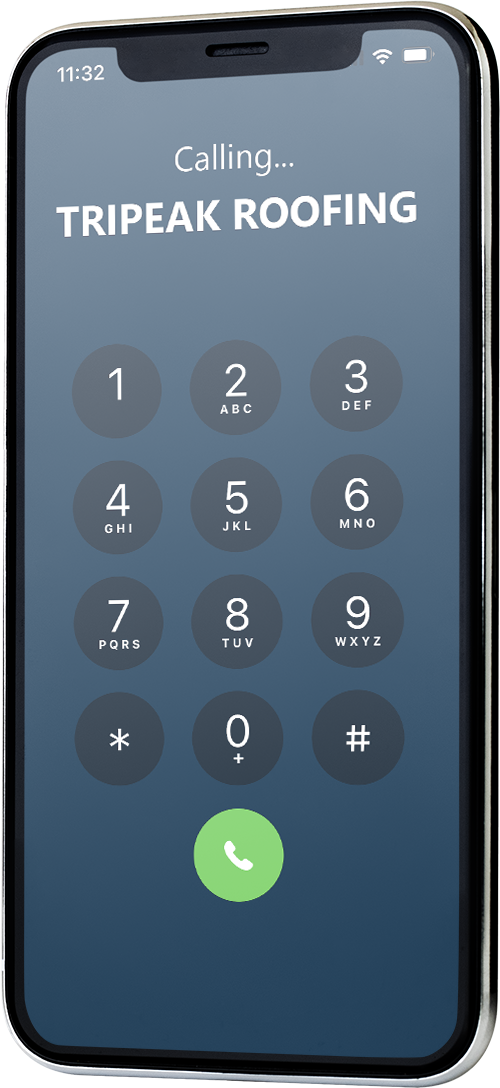Missing or Damaged Shingles When to Replace Your Roof
Shingles protect your home from rain, wind, and UV exposure, but they don’t last forever. Missing or damaged shingles can leave your roof vulnerable to leaks and structural damage. Knowing the signs of shingle wear and tear can help you avoid costly repairs.
How Do Shingles Get Damaged?
Shingles endure constant exposure to harsh weather, from high winds to UV rays. Over time, they can crack, curl, or detach, leaving your roof vulnerable to leaks and further deterioration.
Signs of Missing or Damaged Shingles
After a storm or heavy winds, inspect your roof for these signs of shingle damage:
- Visible gaps: Missing shingles expose the underlayment to moisture.
- Cracked or curled edges: Shingles that warp over time lose their protective barrier.
- Dark patches: These indicate missing granules or deteriorated shingles.
- Loose or lifted shingles: High winds can weaken adhesion, making shingles susceptible to detachment.
Why Missing Shingles Are a Problem
Even a single missing shingle can allow water to seep underneath, leading to leaks, mold growth, and insulation damage. The sooner you address missing or broken shingles, the better you can prevent costly repairs.
When to Replace vs. Repair Your Shingles
If only a few shingles are damaged, a quick repair may be enough. However, widespread issues often signal the need for a full roof replacement.
Ready to Tackle Your Roof Repair?
Spotted missing or damaged shingles? Address the problem before it turns into a major leak.

